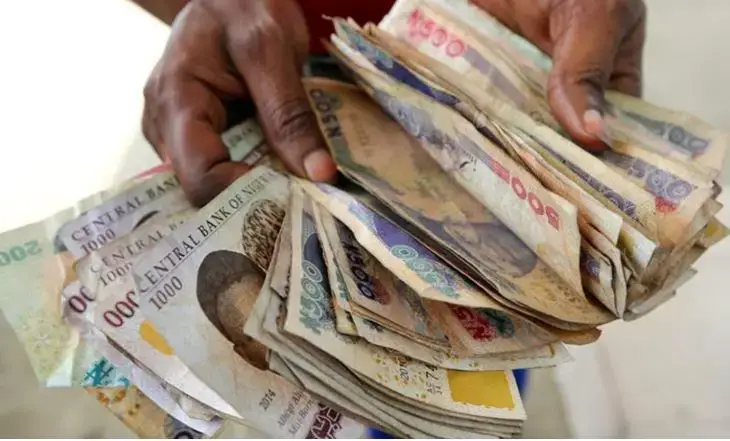South African Rand Merchant Bank (RMB) released its list of top 10 investment attractive countries in Africa, aimed at investors targeting real assets in an economy or looking to expand businesses that rely on physical infrastructure.
According to the author, RMB Africa Economist, Daniel Kavishe, a new world called for a new approach to the publication, and this year’s report assesses the extent of the pandemic’s impact by sketching the landscape of the continent pre-COVID-19 and then painting a picture of both its actual and potential outcomes through and post-pandemic.
Historically, investment destinations in Africa have been ranked based on the tenets of economic activity and business operating environment. However, RMB’s approach required an extra layer of sophistication, taking into account key factors such as the operating environments, fiscal scores and development plans, all of which are key to investment attractiveness in a Covid world.
Here are the top 10 investment attractive countries in Africa, according to RMB
- Egypt: While Egypt’s economy was hard hit by the pandemic, it was also one of the first to bounce back to a path of growth. This, owing to the swift measures it introduced and the fact that it been on a stronger footing at the outbreak of COVID-19.
- Morocco: The economy of Morocco continues to benefit from political stability. A special fund to combat COVID-19 was established in 2020, representing 2.7% of GDP. Two-thirds of the funds were to be provided by private sources and one third by the government.
- South Africa: The southern-most country in Africa offers a strong manufacturing and retail base that will continue to support southern African regional economies with goods and services.
- Rwanda: Rwanda continues to benefit from the efforts it has made to improve its operating environment. Furthermore, as part of the National Strategy for Transformation (NST), various investments should support the construction and energy sectors over the next few years.
- Botswana: The country has high foreign exchange reserves, which have enabled it to weather the pandemic-induced economic storm better than most. The Pula Fund, a sovereign fund created in 1994 that finances a large part of the budget deficit, has meant that fiscal dependency on debt has been low.
- Ghana: Ghana entered the current crisis on a relatively stronger footing than its African peers. Structurally, its economy has seen major shifts over the past few years, positioning it for significant growth going forward. This is supported by primary-sector industries like oil and gold and accelerated development in the tertiary sector.
- Mauritius: Aided by an extremely favourable tax regime, its financial sector will remain one of the main drivers of Mauritius’ economy into the future – notably through cross-border investment activities and banking services.
- Côte d’Ivoire (CIV): A rise in private investment should continue to fuel construction, agri-industry and services (trade, transport and ICT in particular). Private investment will benefit from the impetus provided by public investment under the 2016-20 National Development Plan.
- Kenya: According to RMB, the Kenyan government’s efforts to ensure that implementation of the “Big Four” plan focused on industrialisation, universal health coverage, food security and affordable housing will invariably lead to fast economic growth.
- Tanzania: Tanzania has been on a rapid path of development over the past few years. This growth can be attributed to consistent public investment from the government in key secondary and tertiary sectors, ranging from the energy sector to advancements in the telecommunications and finance sectors.











